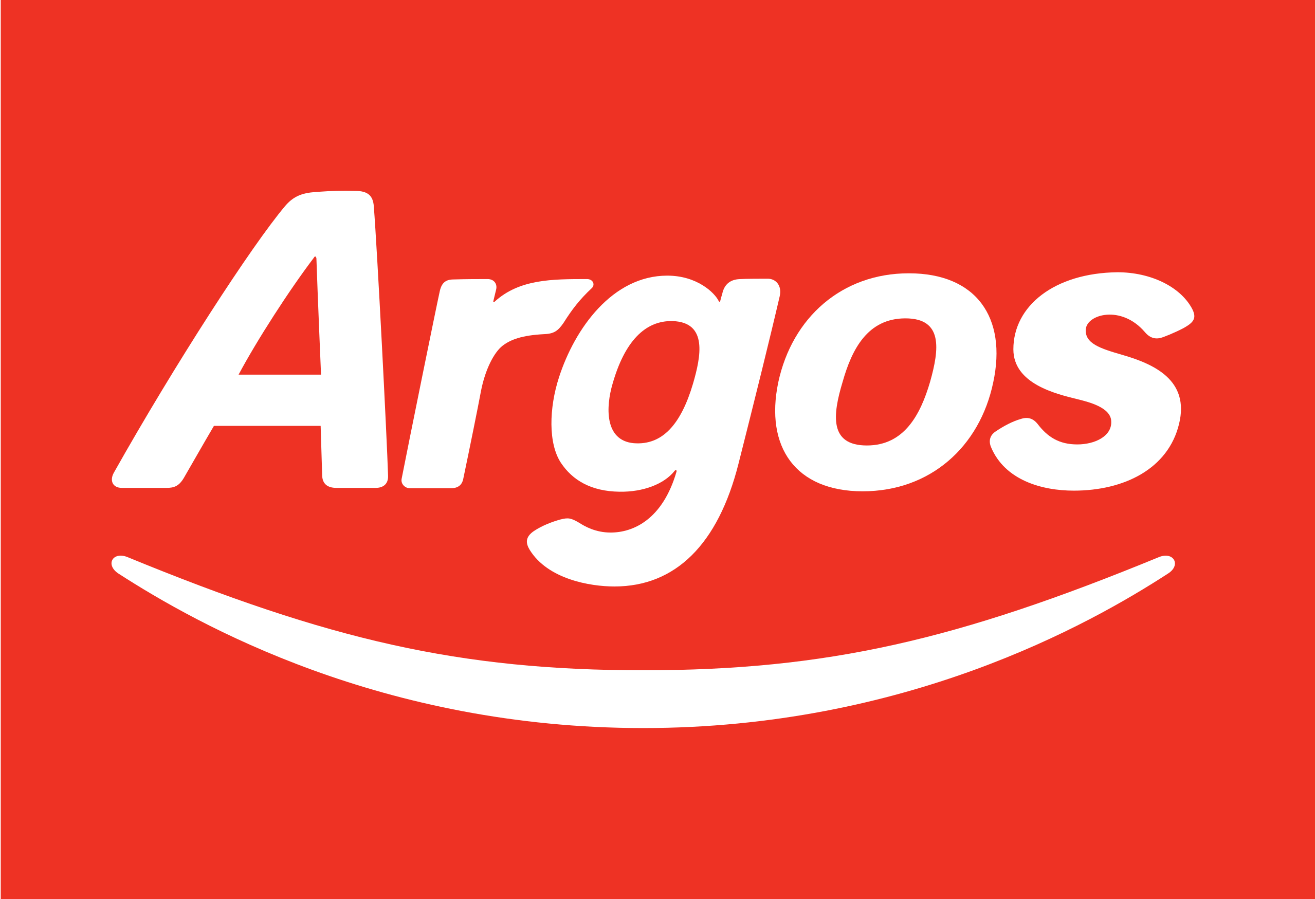Dead Stock; An Introduction…
As your business grows, the products you offer are likely to increase as well. This of course means that you will have more SKUs, and therefore more stock in your warehouse. While its great to grow, scale and offer new products, you may find that managing your inventory properly becomes more and more challenging.
Without an effective inventory management solution, you may find that you are left with deadstock, resulting in higher storage fees, or unnecessary disposal fees, which can minimise your profits and negatively impact other areas of your business.


What is Dead Stock?
Deadstock is another term to describe ‘obsolete stock’, and refers to the products that are left to collect the dust on shelves in a warehouse due to an inability to sell them. There are different reasons as to why you may have obsolete stock, such as;
- Out of date products
- Low demand products
- Discontinued by the brand
Why should dead stock be avoided?
As mentioned, having dead stock in your warehouse can result in higher storage or disposal fees. Not only this, but if your space is filled with dead stock, you limited with how many new products you can bring into the warehouse. Let’s explore some other reasons as to why you should avoid having dead stock in your warehouse…


What leads to dead stock? How can I avoid it?
As mentioned, poor inventory management can lead to instances of deadstock, and this is unfortunately a challenge you risk facing as you begin to introduce more and more products (SKUs) into your warehouse. Let’s explore some more reasons as to why you may end up with obsolete stock.
How to shift deadstock; tips and tricks..
Homeware; Exploring the growing market…
Dead Stock; An Introduction…
As your business grows, the products you offer are likely to increase as well. This of course means that you will have more SKUs, and therefore more stock in your warehouse. While its great to grow, scale and offer new products, you may find that managing your inventory properly becomes more and more challenging.
Without an effective inventory management solution, you may find that you are left with deadstock, resulting in higher storage fees, or unnecessary disposal fees, which can minimise your profits and negatively impact other areas of your business.

Homeware; Exploring the growing market…
What is Dead Stock?
Deadstock is another term to describe ‘obsolete stock’, and refers to the products that are left to collect the dust on shelves in a warehouse due to an inability to sell them. There are different reasons as to why you may have obsolete stock, such as;
- Out of date products
- Low demand products
- Discontinued by the brand

Homeware; Exploring the growing market…
Why Should Dead Stock Be Avoided?
As mentioned, having dead stock in your warehouse can result in higher storage or disposal fees. Not only this, but if your space is filled with dead stock, you limited with how many new products you can bring into the warehouse. Let’s explore some other reasons as to why you should avoid having dead stock in your warehouse…

Homeware; Exploring the growing market…
What leads to dead stock? How can I avoid it?
As mentioned, poor inventory management can lead to instances of deadstock, and this is unfortunately a challenge you risk facing as you begin to introduce more and more products (SKUs) into your warehouse. Let’s explore some more reasons as to why you may end up with obsolete stock.

Homeware; Exploring the growing market…
How To Avoid Dead Stock; Tips & Tricks


Inventory management; Methods to explore to help avoid dead stock…
There are different methods that can be used when it comes to inventory management, and while there are no right or wrong answers, some prove to be more effective for businesses in comparison to others.
Let’s explore some of the most common inventory management methods…

Inventory management; Methods to explore to help avoid dead stock…
There are different methods that can be used when it comes to inventory management, and while there are no right or wrong answers, some prove to be more effective for businesses in comparison to others.
Let’s explore some of the most common inventory management methods…
Homeware; Exploring the growing market…
The ABC Analysis Method…
The ABC Analysis method allows businesses to pinpoint the the most successful and impactful SKUs they have.
ABC analysis is often presented as a graph, showing the different SKUs based on their cost and quantity.
The graphs are divided into 3 categories;
Green – Class A; These are your rapidly moving SKUs that are able to significantly drive sales. It is essential that they are always available for purchase due to their high demand.
Amber/Yellow – Class B; These SKUs hold an intermediate level of importance, while they don’t contribute as much as Class A, it is still important to have enough stock on hand at any given point
Red – Class C; These are your slow moving SKUs, items that are less popular or outdated stock. You may want to consider regularly reviewing your Class C SKUs to help you save on storage costs.

ABC Analysis Method…
The ABC Analysis method allows businesses to pinpoint the the most successful and impactful SKUs they have.
ABC analysis is often presented as a graph, showing the different SKUs based on their cost and quantity.
The graphs are divided into 3 categories;
- Green – Class A; These are your rapidly moving SKUs that are able to significantly drive sales. It is essential that they are always available for purchase due to their high demand.
- Amber/Yellow – Class B; These SKUs hold an intermediate level of importance, while they don’t contribute as much as Class A, it is still important to have enough stock on hand at any given point
- Red – Class C; These are your slow moving SKUs, items that are less popular or outdated stock. You may want to consider regularly reviewing your Class C SKUs to help you save on storage costs.


Never worry about dead stock with TSP Fulfilment…
If you’re struggling with inventory management or dead stock, TSP Fulfilment can help you.
With over 20 years of industry experience, we are experts when it comes to anything from picking, packing and shipping, down to kitting and assembly and handling your returns. Our cloud-based inventory management system can;
- Notify you of stock replenishment needs
- Notify you of when and when not to re-order
- Ability to track inventory
- Ability to automate orders
- Respond to trends
We are the perfect option for business. Explore our range of services below…
Homeware; Exploring the growing market…
Never worry about dead stock with TSP Fulfilment…
If you’re struggling with inventory management or dead stock, TSP Fulfilment can help you.
With over 20 years of industry experience, we are experts when it comes to anything from picking, packing and shipping, down to kitting and assembly and handling your returns. Our cloud-based inventory management system can;
- Notify you of stock replenishment needs
- Notify you of when and when not to re-order
- Ability to track inventory
- Ability to automate orders
- Respond to trends
We are the perfect option for business. Explore our range of services below…































Collate your product details and connect your stores / market places
Link you into our preferred courier network
Take delivery of your stock, go live!
Collate your product details and connect your stores & marketplaces.
Link you into our preferred courier network.
Take delivery of your stock, go live!











